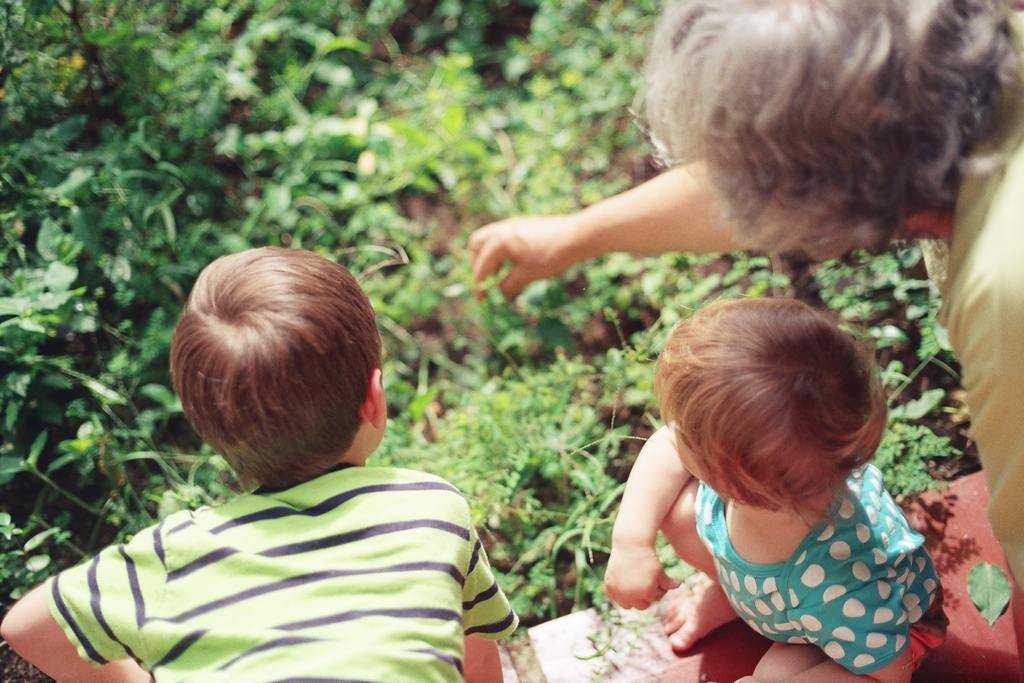Reggio Emilia
"Reggio has influenced the ways in which school environments are interpreted, prepared and, sometimes, built; the ways in which educators “follow” the development of children through tangible efforts of documentation; the ways in which children are viewed more as capable and competent and less as needy; the ways in which educators feel and act in partnership with children and families, and the ways in which relationships with children, colleagues, families, and the community are tended to with pleasure.
In short, Reggio’s belief that school is not preparation for life, but that school is life has begun to shape a different style of education within schools for young children throughout the world.
This shift is often slow and gradual, and difficult to observe, as educators become more familiar with the belief systems in Reggio Emilia that support their unique work in education."
5 key elements of the Reggio Emilia approach
Originating in Italy with “over 40 years of experience,” the Reggio Emilia approach places strong emphasis on the development of “strong, capable, and resilient” children.
There are 5 key elements of the Reggio Emilia approach to Early Childhood Education:
Children’s learning is based on their interests
The Reggio Emilia approach views children as capable of acquiring knowledge within themselves through their natural curiosity and creativity.
What they are and become interested in becomes an important element in their own learning process.
Teachers and parents are co-learners in the Reggio Emilia approach
Instead of leading the learning process, teachers and parents working with the Reggio Emilia approach act as collaborators in the learning processes of children.
The Reggio Emilia approach encourages teachers and parents to offer their knowledge and help, but most of all to listen, observe, document, and encourage children in whatever it is they are interested in doing.
The classroom environment is a “third teacher”
The Reggio Emilia approach sees the child’s surroundings as an excellent medium through which their learning experience can be enriched.
Thus, the Reggio Emilia approach calls for a classroom that is open, comfortable, and welcoming. The classroom must offer access to various learning tools for children to explore.
At FSCC, classroom set-up allows for mobility and communication between peers. Group and peer communication is also a primordial aspect of the Reggio Emilia approach. Children are often involved in small and large group projects. Such collaborative learning encourages children to “talk, critique, compare, negotiate, hypothesize and problem-solve.”
Children’s learning progress is documented
As the Reggio Emilia approach encourages a child’s independent learning, it is crucial that the learning progress is carefully documented. The approach believes such documentation must be done, for the most part, in a visual manner.
Teachers take pictures, save children’s work (drawings, crafts, works of art, or “transcripts of children’s thoughts”), and display them in the classroom. In this way, children, teachers, and parents can follow the individual learning progress of each child and allow the child to build their self-esteem by reflecting on their previous work.
Teachers focus on the many ways children learn
The Reggio Emilia approach believes children have an “endless number” of ways to learn.
This is reflected in the many materials, methods, instruments, activities, ideas, and tools that the Reggio Emilia approach presents to children. Reggio Emilia schools make all these learning tools available to children based on their ongoing interests. It is a very hands-on approach to learning and discovering.
This method of early childhood education is one of the more popular approaches among early childhood educators because of its easy-going, yet holistic approach to educating the very young.





